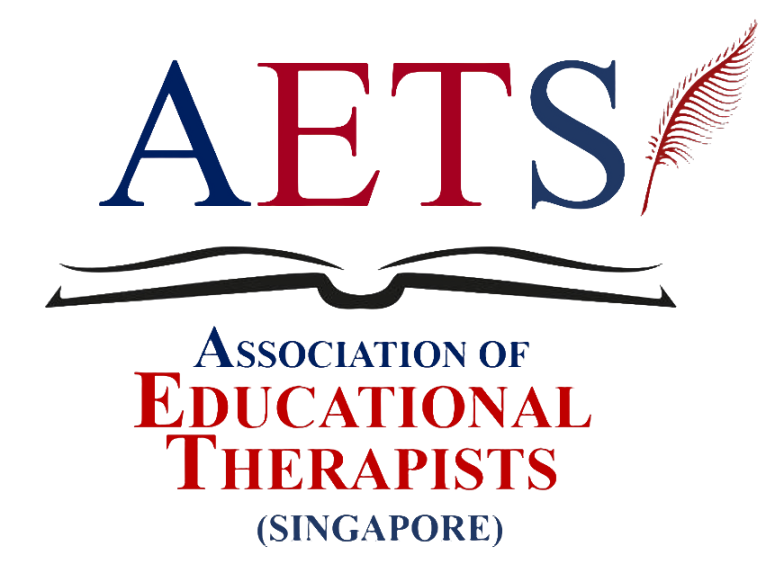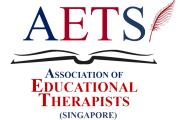Image Integrity & Standards Policy
Image integrity involves ensuring that the content represented by the image is the same as it was at the time of its acquisition. Image authenticity is a more general term that refers to the veracity of a scene presented in a wider context. Authors should be aware of any cultural sensitivities or restrictions associated with any images included in their articles. For example, images of human remains or deceased humans are restricted in some cultures, and appropriate ethical guidelines should be adhered to by considering the views and approval processes of the affiliated communities.
1. Image Acquisition Tools and Processing Software
Experimental photographic images, including microscopy, should accurately reflect the original image. Where images have been modified or enhanced in any way this must be stated with a full explanation within the articles as well as in the figure legend so as not to mislead readers about what the images show. Authors should be prepared to share the original, uncropped, unannotated and unprocessed images with the journal editorial office upon request.
Please note that any modifications are only acceptable if these are minor in nature and have been applied to the whole image. Authors are required to include details of image gathering methods and details of processes for any modifications made to images, including the name of the software (with version number) used. Any modifications which can alter the scientific interpretation of the image are not allowed.
Any images or figures which have been obtained from another published source can only be re-used if the authors have obtained the appropriate permissions for re-use from the copyright owner. A statement to confirm this must be included within the figure legend. The original source of the image must be cited, even in cases where the image or figure is not under copyright, or if re-use is allowed under a license which permits unrestricted re-use.
The guidelines below are intended to help in accurate presentation of image data. Authors must also take care to avoid misrepresentation during data acquisition. Please list all image acquisition tools and image processing software packages used, and document key image-gathering settings and processing manipulations in the Methods.
- Images gathered at different times or from different locations should not be combined into a single image, unless it is stated that the resultant image is a product of time-averaged data or a time-lapse sequence. If juxtaposing images is essential, the borders should be clearly demarcated in the figure and described in the legend.
- The use of touch-up tools, such as cloning and healing tools in Photoshop, or any feature that deliberately obscures manipulations, is unacceptable.
- Processing (such as changing brightness and contrast) is appropriate only when it is applied equally across the entire image and is applied equally to controls. Contrast should not be adjusted so that data disappears. Excessive manipulations, such as processing to emphasize one region in the image at the expense of others (for example, through the use of a biased choice of threshold settings), is inappropriate, as is emphasizing experimental data relative to the control.
2. Image Integrity and Manipulation: Electrophoretic Gels and Blots
Any alterations to experimental photographic images (e.g. microscopy, electrophoretic gels and immunoblots) which can mislead readers about the scientific interpretation is strictly prohibited. Any enhancements or changes in contrast settings must be applied to the whole image, and copies of the original image prior to any such modifications must be made available to the journal editorial office upon request.
Regarding images of electrophoretic gels and immunoblots, where parts of the same gel are spliced together, this should be indicated on the figures with a dividing line, making it clear where the image has been joined. Areas from different gels should not be spliced together. Where loading controls are present, these should always be included in the image; if spliced together, any modifications to the loading control and area of interest must be identical.
Original data such as electrophoretic gels and immunoblots, should not be used as illustrations without an explanation. If original data are being used just to illustrate a point, this should be accompanied by a very clear statement in the figure legend to explain this including what is being demonstrated. Authors should also read the below guidelines (adopted/ adapted from nature image integrity and standards):
- Quantitative comparisons between samples on different gels/blots are strongly discouraged; if this is unavoidable, the figure legend must state that the samples derive from the same experiment or parallel experiments and that gels/blots were processed in parallel.
- Re-arranged lanes that are non-adjacent in the gel must be clearly indicated in a manner that delineates the boundary between the lanes. Re-arrangement of lanes should be stated as such in the figure legend.
- Loading controls (e.g. GAPDH, actin) must be run on the same blot. When sample processing controls are run on different gels, they must be identified as such in the figure legend. Cropped gels in the article must retain all important bands.
- High-contrast gels and blots are discouraged, as overexposure may mask additional bands.
- Authors should take care to check their articles for the following:
- check figures for duplications.
- check blots and gels for splicing of lanes.
- indicate whether panels are sample processing or loading controls.
- ensure that the unprocessed scans provided match the figures.
3. Ethical Guidelines for Publishing Figures and Images
Authors should consider the following guidelines when preparing figures and images for publication:
1. The original data of the image should always be retained and be available for review by the journal editors, if requested. If the original data images cannot be produced, the article may be rejected.
2. Authors are advised that editing or enhancing any digital image should always be performed on a copy of the raw data image. Authors are reminded that enhancing an image for aesthetic reasons can obscure, eliminate or misrepresent the real data and can be perceived as an act of research misconduct.
3. Making simple adjustments to the image such as the brightness and contrast are acceptable, but must be applied to the whole image. The adjustments should be minor, and care must be taken to ensure they do not cause relevant features of the image to disappear completely.
4. Cropping of images is acceptable as long as the intention is to remove irrelevant aspects of the image to help draw attention to a particular feature. Cropping must not be performed to change or influence how the data is to be interpreted.
5. Images that are intended to be compared to one another must always be acquired under the same conditions. Similarly, any post-acquisition image processing should also be performed on both images.
6. Authors should be aware that software filters used to improve image quality are not generally intended for use on biological or medical images. If software filters are used, it is advised this is noted either in the figure legend or the methods section of the article.
7. Cloning or copying objects into a digital image from other parts of the same image or a different image is not advised. Copying a section of an image from one region to another is often done to clean up imperfections, however, in some instances this can be considered a form of research misconduct. Similarly, cloning an object, for example, a band from a Western blot, and adding it to a region of an image it did not previously appear can also be considered a form of misconduct.
8. Intensity measurements, such as comparisons between different wavelengths or fluorescence levels, are often difficult to perform in a uniform and accurate manner. It is recommended intensity measurements are performed on raw data to help avoid artifacts and electronic noise.
9. Stating the magnification of a microscope objective in the figure legend, for example, can sometimes become impractical if the image is resized prior to publication.
10. Authors must take care when resizing digital images, as this can change the images’ aspect ratio and create unwanted artifacts, making important features of the image less distinct

